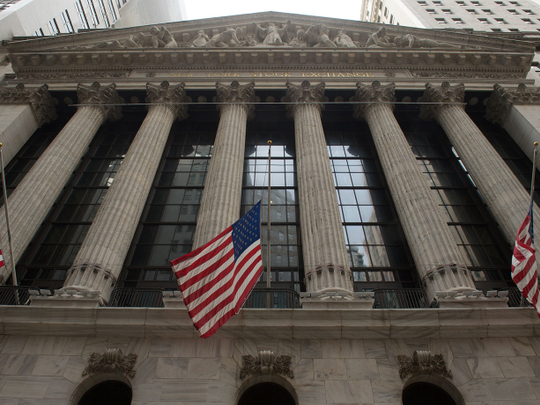
Last week the US Federal Reserve last week kept its benchmark interest rate unchanged at the record-low level of near zero and indicated that it would not raise interest rates until the end of 2023.
Interest rate is the key monetary policy tool central banks use to fine-tune availability of money in the financial system to tame inflation. The US central bank expects that a bump in inflation this year will be short-lived and has reinforced its commitment to economic growth.
The decision is bold as it gives a strong guidance to the world on interest rates and emphasises that monetary policy needs to deliver powerful support to economies until the post-COVID recovery is real and sustainable.
Impact on the GCC
In GCC economies, with their currencies pegged to the US dollar, the interest rates largely track US rates to keep currency stability.
With historically low level of inflation and economic recovery in early stages, GCC central banks have no reason to diverge from Fed policy rates as lower rates help boosting consumption and investment. Undoubtedly, keeping cost of borrowing low will boost both financial and non-financial asset prices, as economies recover while giving an added fillip to the overall growth momentum.
Markets’ worries
Massive fiscal support and widening vaccinations that is reopening the economy have buoyed investor expectations for rate increases and inflation, propelling US Treasury yields higher.
Although 10-year Treasury yields reversed their earlier rise following the Fed decision. However, markets clearly see the yield to remain elevated for longer dated government debt. While the front end of the yield curve has been tamed, a bulging tail end will continue to worry equity investors.
In fact, despite the Fed’s confidence, the threat of inflation can’t be dismissed entirely. Inflation is normally a result of too much money chasing too few goods. The successive government stimulus packages to combat the COVID-19 has increased the broad supply of money in the US from $15.5 trillion in February 2020 to a whopping $19.4 trillion in January. Eurozone and UK too have witnessed massive jump in money supply that will eventually manifest in spike in prices.
Emerging markets
In leading emerging markets such as India, Brazil, Russia and Turkey inflation has already far overshot the targets. The IMF has warned that central banks needed to stay vigilant against a sudden spike in rates at the same time they should keep an eye on inflation expectations.
Clearly, in the decision making process, on what course to follow on interest rates, central banks can’t have a fixed formula set for all times, on the contrary monetary policy needs to seek dynamic equilibriums in the trade-off between growth and the inflation.





